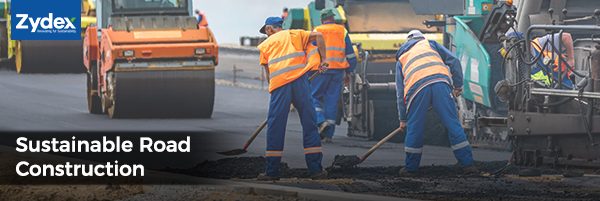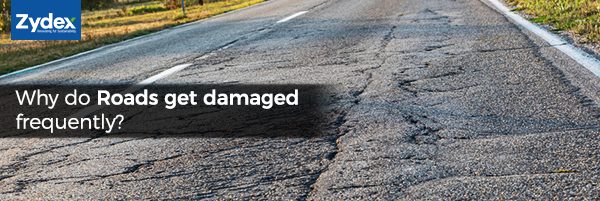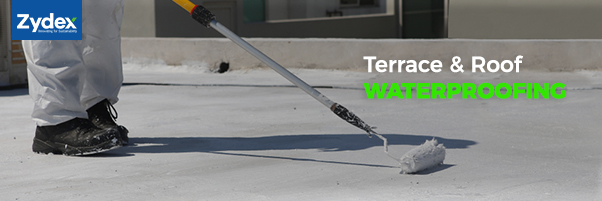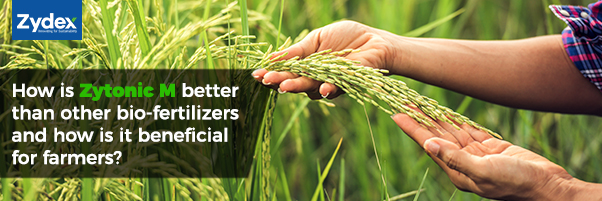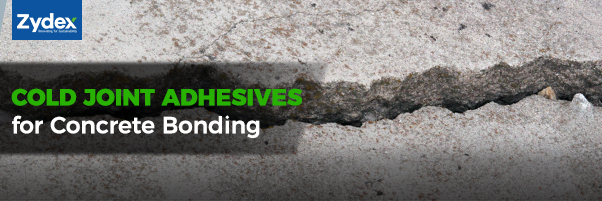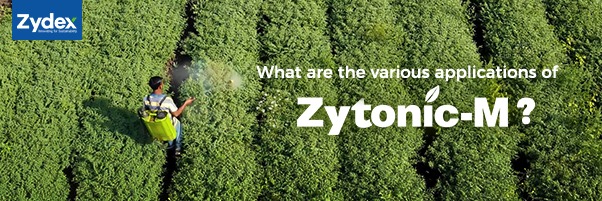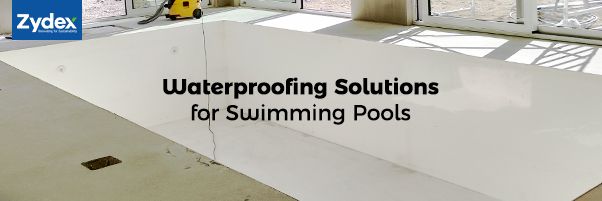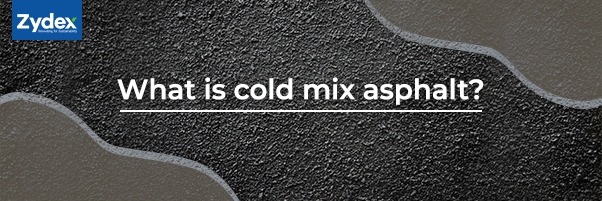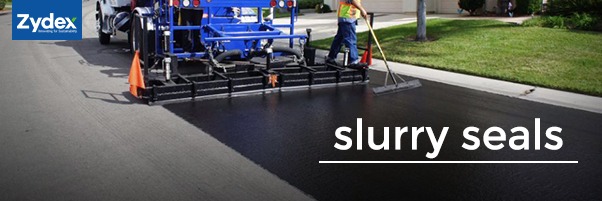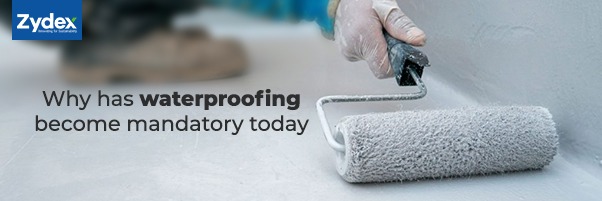Sustainable Road Construction made possible with Zydex Technology
Roads are one of the most used resources in any society. With development, we now see roads in the metropolitans and in the remotest of places. But the construction of roads incurs a heavy cost, both economically and environmentally. To tackle this mammoth environmental concern, Zydex has come up with sustainable road solutions. The concept of green road is manifested by not just planting trees along but also making durable roads that last long and are eco-friendly. This includes aiding moisture resistance, flexibility, strength, and maximal use of in-situ materials. Hence paving roads for a sustainable future through perpetual pavements and sustainable roads.
The road construction industry is an energy-intensive industry. Making asphalt ready for use requires heating and emits higher CO2 emissions. Zydex contributes greatly to road sustainability by producing silane-based chemicals and bitumen additives. Zydex’s new generation nanotechnology-based bitumen additives address chemically bonded organosilane products.
The innovative Zycotherm range of products provides great bonding solutions and anti-strip properties that extend the life of roads by 5 to 7 years. Zydex focuses on road sustainability through innovative products. Terrasil provides hydrophobic properties in the soil/roads which do not allow water to seep in through cracks and ingress, eliminating damage considerably. Terrasil, when used with Zycobond, gives better results. Zycobond provides strong chemical bonding of soil particles, preventing erosion and resulting in sustainable road.
The Zydex sustainable road technology allows road asphalt mixtures to be used in extreme climatic conditions with an increased life span. This innovative technology strengthens pavements and successfully eliminates water-induced pavement damage. This offers stability and longer service life with consistent performance and reduced distress for sustainable road.


